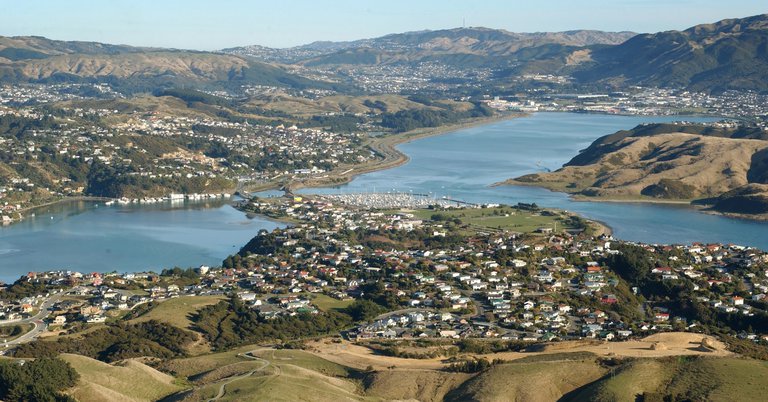


Nine councils in the Wellington region, along with Horowhenua District Council, have received a report outlining a recommended regional approach to joint water services delivery.
The councils have been working together to consider an approach to joint water services delivery in response to the Government’s Local Water Done Well policy. This work has been led by the region’s Advisory Oversight Group, made up of elected members and Iwi/Māori representatives, and independently chaired by Dame Kerry Prendergast.
All councils are required to submit water service delivery plans to the Government by September 2025. To achieve this councils may work alone or with other councils. Councils need to decide on their approach to these plans by the end of this year. These decisions will shape the next steps for water service delivery across the region.
The report outlines the scale of the challenge, implications around funding and pricing and is intended to support councils and councillors for significant decisions ahead.
Its recommended option is for a joint council owned company (that is, a full breadth water utility, owning all assets, revenues and liabilities). This would have a similar structure to a council-controlled organisation (CCO) but with reduced council oversight, enabling the company to have greater control and certainty over investment plans.
The recommended new water company would provide all services directly to water customers, and bill directly for water usage and services provided. Those charges will be determined by the board of the new water company, with the oversight of an economic regulator. It will need to provide a high level of local service delivery, including good compliance, response times, affordability and supply.
Dame Kerry said the region’s councils were committed to the process and working at pace to find the best approach to water management.
“Everyone in the Wellington region has directly experienced some of the issues we face with our water services, be it through old pipes bursting, summer water restrictions, or swimming spots being unsafe to swim after heavy rain.
“Our drinking water, wastewater and stormwater services need fixing - it will be expensive, and it will take ongoing effort,” she said.
"Currently more than 20 percent of the region’s water assets are worn out and needing replacement, which presents significant risk of major services failures.
"Our region has a significant backlog of investment needed in three waters infrastructure. To address this, enable new housing growth and maintain the network, about $15-17 billion needs to be invested in water infrastructure over the next 20 - 25 years at an average of about $700 to $750 million per year.
"While we are getting our modelling peer reviewed, we know that the level of investment required will be challenging. We will continue to explore options for how to finance this. What people pay for water will need to rise – so it is important a range of options and scenarios are considered.
"There are no quick fixes. This is why it’s imperative that councils work together, despite each facing different issues. Some councils have challenges now, some have challenges to come in the future. This is a long game, and working together, at scale, gives us the best chance to turn the tide.”
New funding arrangements announced by the Government on 8 August for water organisations through the Local Government Funding Agency mean that if councils set up a new delivery organisation these will have access to additional debt funding.
There are some real positives to this change, Dame Kerry said. "The additional debt funding will allow us to explore new ways to finance the investment needed. This will enable growth and new home building; it will create a lot of jobs in the region. Over the next 20 years, about 44 percent of the network could be replaced, building significant resilience for future earthquakes. The investment will also address the region’s critical water shortage challenges through meters, increased water storage, and fixing leaks."
For more info and the full report click here.
7 Oct 2024